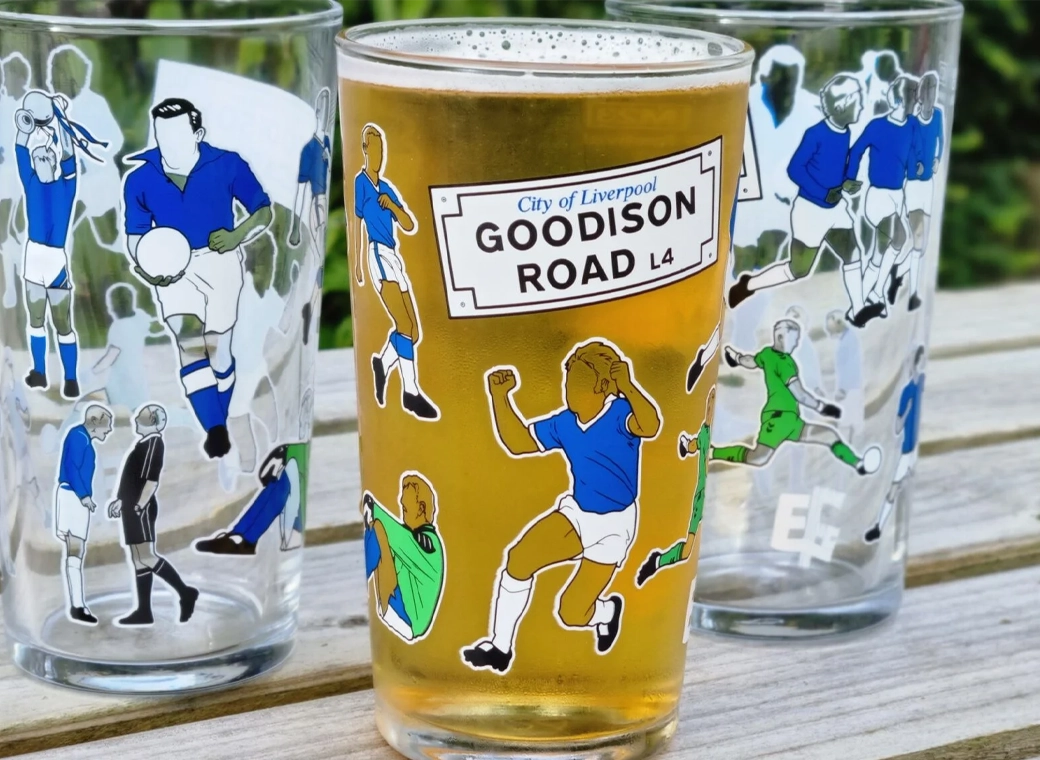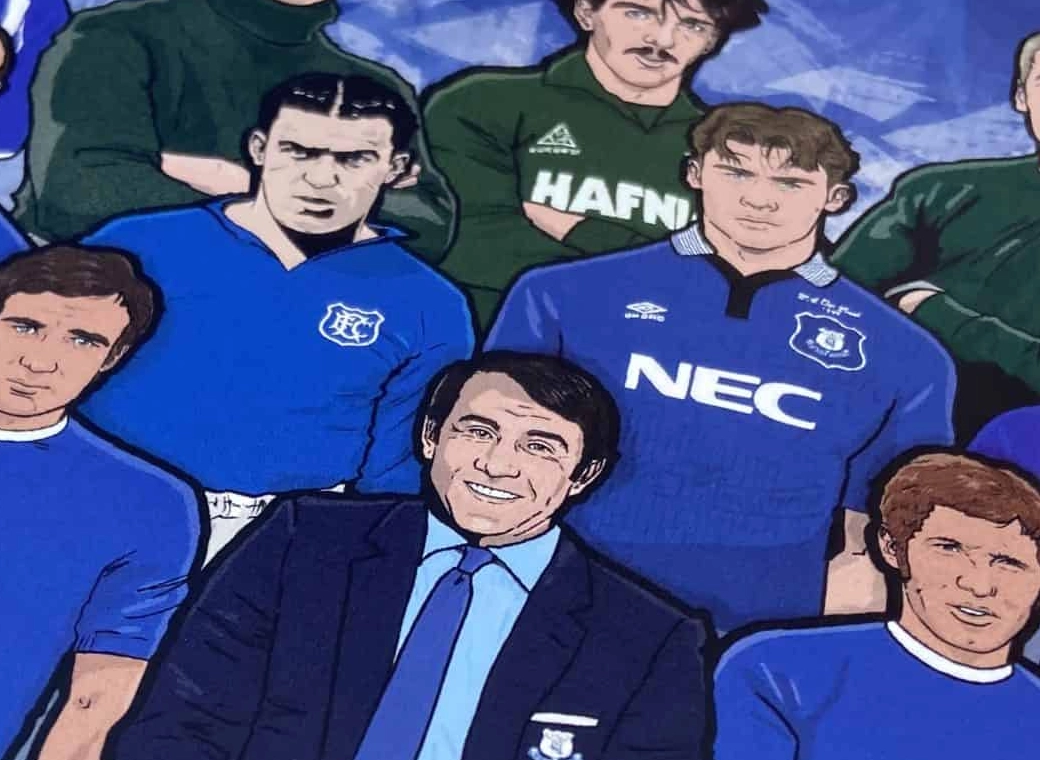Hooliganism around football is not new, and probably will never really go away, but it seems at the moment to have subsided. The following shows something of the history and reasons for this stupidity. You are all probably all better than me at finding information on the internet, but I’ve put this up as a summary. It is up to all real football fans to understand and challenge hooliganism. As other posters have said, it is nothing to be proud of.
Please don’t let it come back and wreck our game.
Although football hooliganism only became recognised by government and the media as a serious problem in the 1960s, hooligan behaviour at football has a long history. 'Roughs' were regularly reported as causing trouble at matches in the professional game's early years at the end of the nineteenth century. Some clubs, which were sited in particularly tough areas, have long records of spectator disorderliness. In the game's earliest days, local 'derby' matches often provoked the worst problems but, in the absence of visiting fans, home 'roughs' on occasions attacked and stoned referees as well as the visiting players, sometimes chasing them out of town!
It was not until the early 1960s, however, that the media coverage of football began once more regularly to report hooliganism at matches. Around this time, too, there was a general 'moral panic' about the behaviour of young people, sparked by rising juvenile crime rates, uncertainty about the future, the emergence of a number of 'threatening' national youth styles like that of the 'teddy boy.’ It was around this time, too, that football hooliganism in England began for the first time to take on the more cohesive and organised aspect that is associated with the phenomenon today.
Most of the evidence on hooligan offenders suggests that they are generally in their late teens or their 20s (though some 'leaders' are older). Some argue that much of the behaviour commonly known as 'hooliganism' is actually ritualistic and non-violent. This involves: verbally abusing rival fans, threatening them with attack, and general horseplay aimed at 'having a laugh'. Core hooligans, however, do seem more interested in fighting or 'running' rival groups who are, in their eyes, like themselves and who are also 'looking for trouble'. Too many times genuinely innocent fans get caught up in these incidents.
The intense interest in hooliganism shown by the mass media may well have amplified its occurrence and its significance. It is certainly true that the media generally report on football using the sort of language which seems to derive more from the world of war than it does from sport This probably helps to heighten rivalries between opposing fan groups, as do the 'predictions' newspapers sometimes used to make that 'trouble' is likely to occur between rival fans or that the police and local residents are preparing for an 'invasion' of visiting fans or are being placed on 'red alert. The media sometimes seem a little too determined to 'find' some action, at almost any price.
Books and TV programs shown now also tend to glamorise hooliganism.
As I said at the top, do anything to stop this stupidity from wrecking our game.












